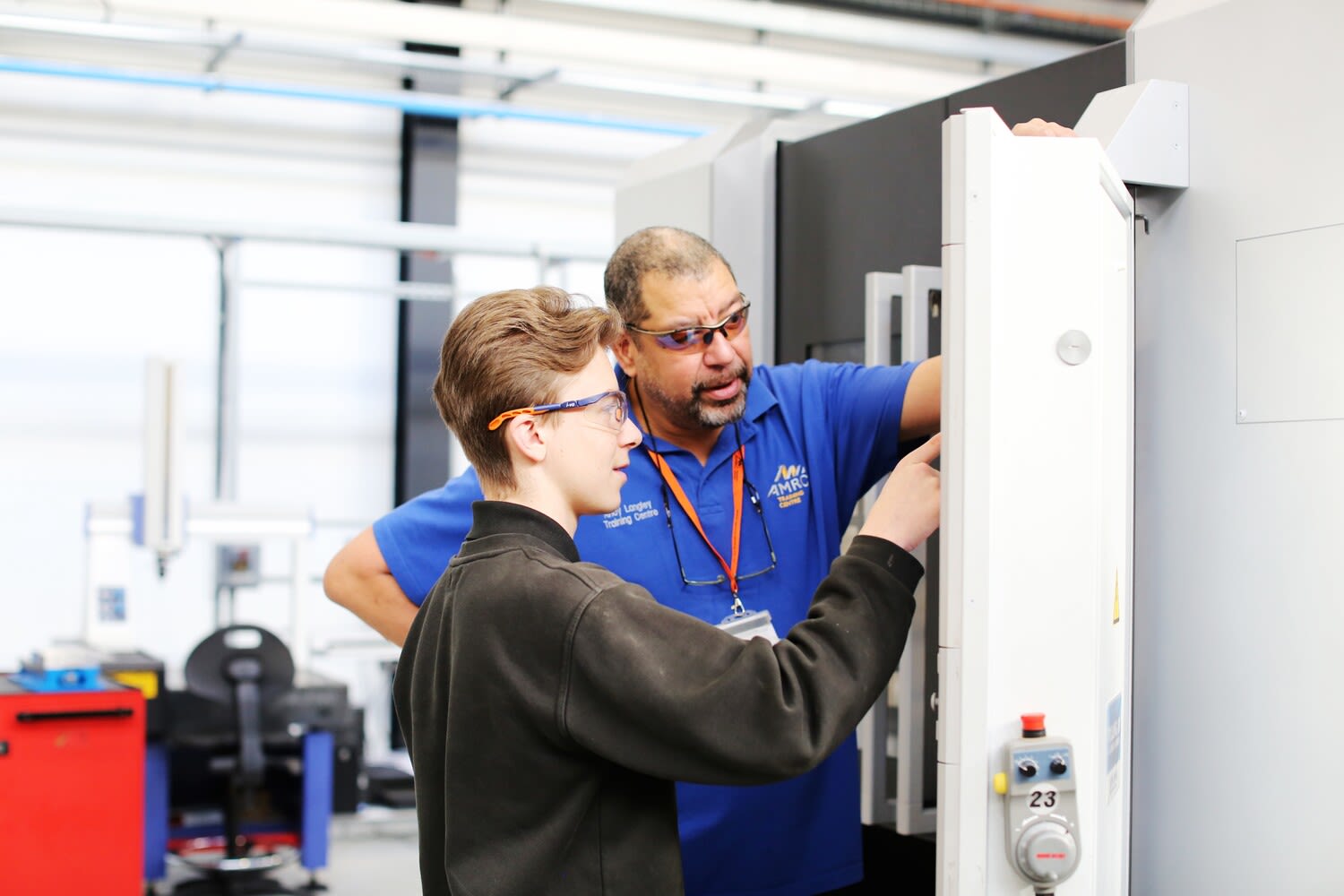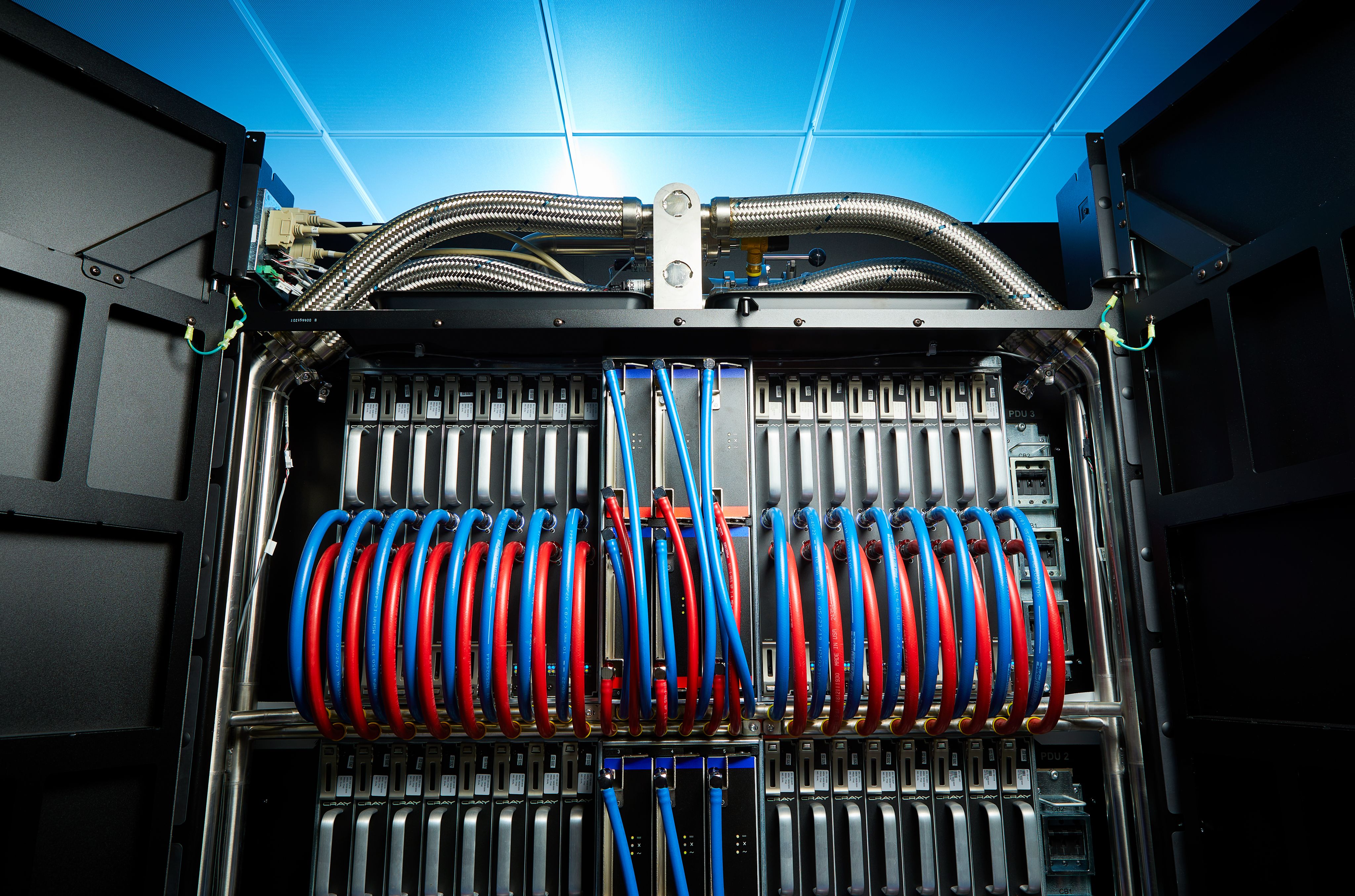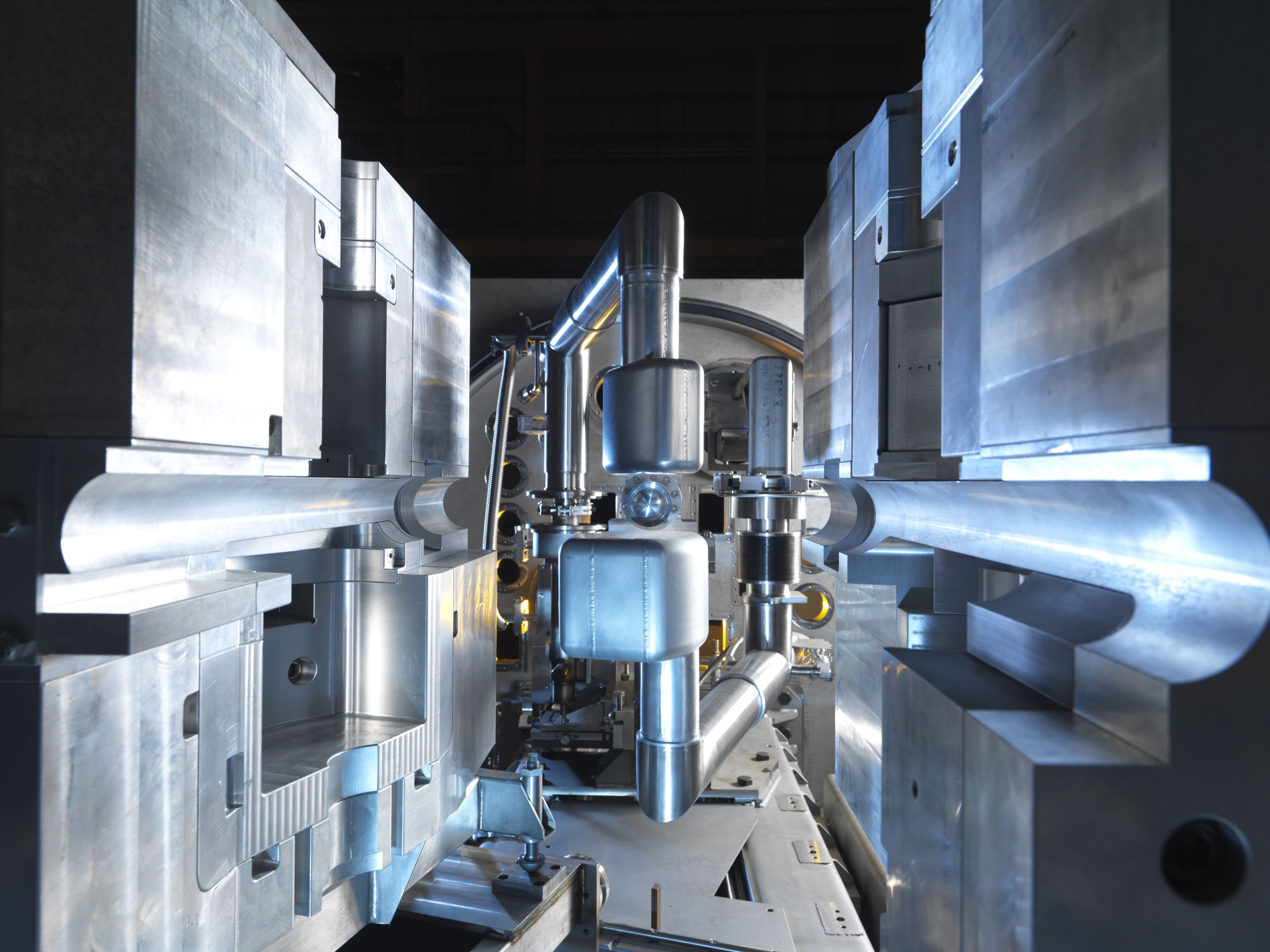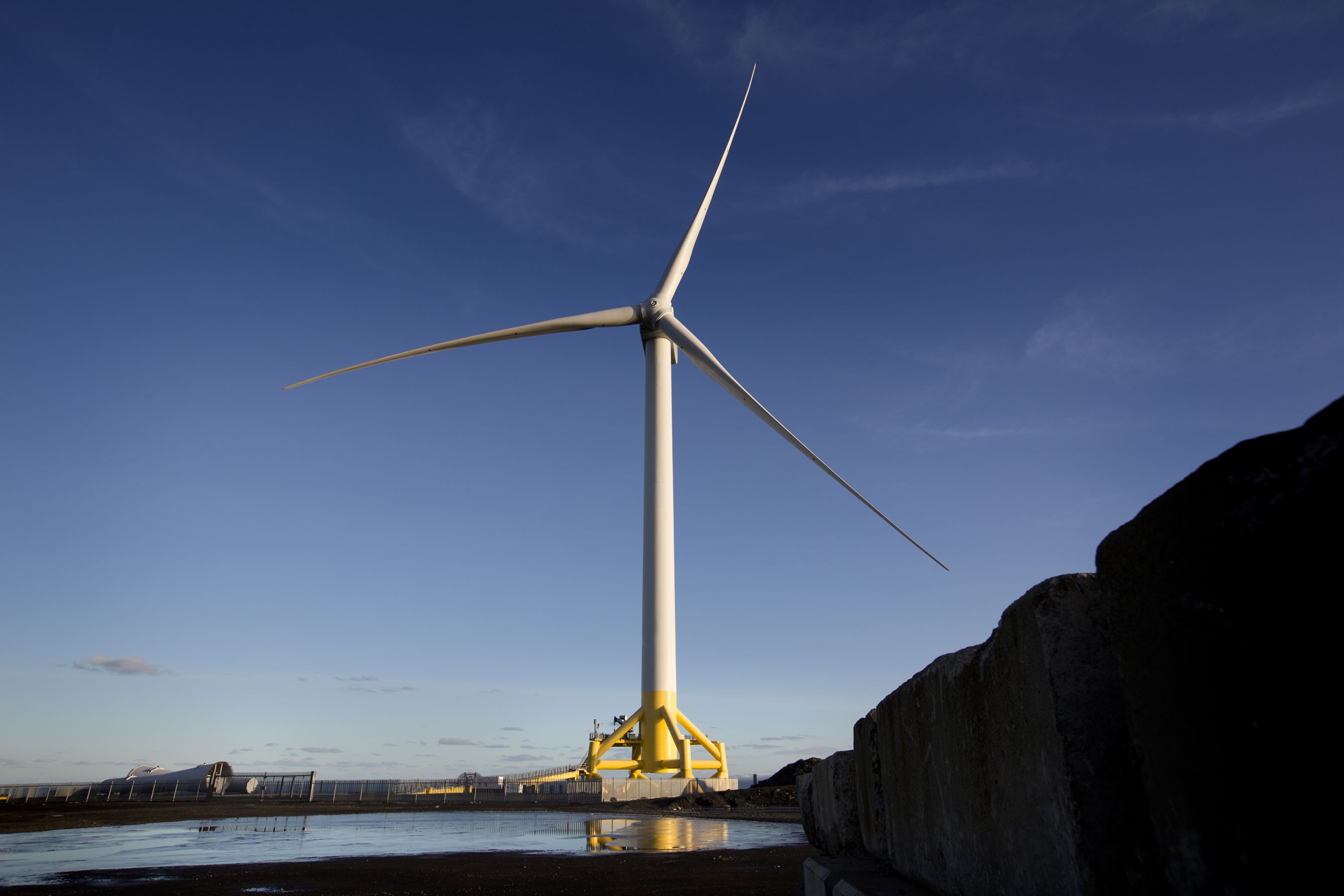UKRI Infrastructure
Powering world-leading research
and innovation

From drug discovery to ground-breaking digital arts, advances in research and innovation depend on access to cutting-edge equipment, facilities and data services.
Research and innovation infrastructures have a central role to play in responding to the challenges we face and taking full advantage of the opportunities they offer. From vaccine research to developments in virtual reality, the UK is globally recognised for its outstanding research and innovation system – a system that is underpinned by UKRI’s network of internationally competitive, high-quality and accessible infrastructures.
What are research and innovation infrastructures?
We tend to think of infrastructure in terms of large physical structures, such as buildings and transport networks. Although UKRI-funded research and innovation infrastructures include physical structures – such as laboratories or research hubs – they also take many other forms, from giant telescopes to computer systems, datasets about people to cultural archives.
These infrastructures span disciplines and sectors, ranging in size from a set of scientific tools to a globally renowned laboratory. They are the facilities, resources and services that enable our research and innovation communities to conduct their world-class work.
They include:
- Large-scale physical research facilities, equipment and sets of instruments, including scientific satellites and research ships, such as the RRS Sir David Attenborough, a polar research vessel designed to support science in extreme environments.
- Networks of technologies and digital research infrastructures, including communication networks, data and computing systems. For example, the high-performance computing service ARCHER2, which enables researchers to run vast simulations and perform complex calculations using large datasets.
- Knowledge-based resources, including scientific, cultural and artistic collections and archives, like the Archaeology Data Service, the UK’s openly accessible repository of heritage data.
- Test beds, demonstrators and living labs which can simulate how innovations might work in the real-world. For example, the Levenmouth Demonstrator Turbine, which allows researchers to test new technology for offshore renewable energy.
- Secure datasets about people, some spanning decades. For example, Administrative Data Research UK (ADR UK) joins up administrative data created by public bodies across the UK and facilitates secure and ethical access for researchers, to inform policy decisions that improve people’s lives.
Why are they important?
Infrastructures are of huge benefit to our research and innovation communities. They act as global hubs, bringing talent from across disciplines and economic sectors to help maintain the UK’s long-term position as a research and innovation superpower.
They bring significant benefit to the economy. We are at one of the most important, exciting and challenging times in the history of global enterprise. Powered by new technologies, the way we live our lives is being transformed across the world. Research and innovation infrastructure helps put the UK at the forefront of this new industrial revolution.

The AMRC is a network of world-leading research and innovation centres working with advanced manufacturing companies around the globe. Credit: Advanced Manufacturing Research Centre.
The AMRC is a network of world-leading research and innovation centres working with advanced manufacturing companies around the globe. Credit: Advanced Manufacturing Research Centre.
Perhaps of greatest importance, these infrastructures form the foundations of research and innovation tackling some of our most complex challenges, from climate change to adolescent mental health. They provide researchers with the capability to not only find solutions to current problems, but also react to new challenges and opportunities as they arise.

Tackling the world’s most complex challenges
From the climate crisis to the COVID-19 pandemic, UKRI-funded infrastructure plays a vital role in tackling the varied and complex challenges that face society and the planet.
Long-term infrastructure investment enables an agile response from researchers to national and global health challenges when it matters most.
For example, The Pirbright Institute, which was involved in vaccine testing during the pandemic, and the vaccine manufacturing hubs. It also facilitates valuable insights into the wider impacts on society through facilities such as the Centre for Longitudinal Studies.
Research and innovation infrastructure underpins the development and demonstration of new technologies to help us better understand, monitor and predict environmental changes. It enables the testing of sustainable design, such as offshore wind turbines, and monitoring of the atmosphere through an airborne laboratory on a specially adapted aircraft.
Innovative infrastructures for environmental science are developing important ways to adapt to unprecedented environmental challenges, too. John Innes Centre, for example, is driving sustainable agriculture with crops that can better cope with disease and a changing climate.


Supporting business and economic growth
Estimates suggest that more than half of the UK’s future productivity growth will be driven by the application of new ideas, research and technology to create new processes, products and services. So, research and innovation infrastructures have a central role to play in supporting economic and business growth.
Collaboration and co-investment with business and industry is key. Around three quarters of all UK based infrastructures collaborate with UK business and industry. An example is the High Value Manufacturing Catapult, a collection of seven centres forming the go-to place for manufacturing technology innovation in the UK.
As the world stands on the cusp of a ‘fourth industrial revolution’, developments in big data, digitisation, synthetic biology and AI are driving a change in the nature of the economy. Facilities such as the Hartree Centre allow UK and international businesses to benefit from specialist expertise and access to supercomputers and other emerging technologies.
UKRI-funded infrastructures are also helping grow the industries of the future. CoSTAR is a new national innovation infrastructure that aims to power the evolution of the creative industries – an increasingly significant contributor to the UK economy.
Innovation infrastructures, such as demonstrators, living labs and test beds, often act as a catalyst for the formation and growth of clusters. These encourage competition and accelerate the development and commercialisation of new technologies.


Enabling ground-breaking research
UKRI funded infrastructures help researchers answer some of the biggest questions and make important ‘breakthroughs’ – many of which make it into the headlines. Our resources, equipment, laboratories and facilities are at the heart of this ground-breaking research in the UK and globally.
UK Biobank, for example, is one of the most important resources for population health in the world. This vast infrastructure contains genomic and biomedical data from half a million individuals in the UK who have been followed for ten years. Over 750 institutions around the world have published studies on a wide variety of diseases and public health issues using its data.
They play a key role in helping create strong, healthy communities, fostering culture and cohesion. Facilities such as the Consumer Data Research Centre is enabling a better understanding of the nature of social and geographical mobility across the UK. While conservation infrastructure is helping to unlock secrets from historic artworks and artefacts, and bringing them to life for new audiences.
Cutting-edge technology helps answer the big questions about our planet and beyond. The Square Kilometre Array Observatory will have the world’s largest and most sensitive radio telescope network on Earth, enabling exploration into the evolution of the Universe.


Offering opportunity across the UK
The UK has a rich and diverse landscape of research and innovation infrastructures located across the regions, which play a central role in levelling up the UK.
Infrastructures directly support over 12,000 highly skilled technical, research and management professionals across the UK, and indirectly create many more jobs in areas such as construction, business supply chains and operational support.
Infrastructures leverage significant long-term co-investment from the private sector and act as a magnet for international businesses and collaborations to stimulate innovation and productivity growth, strengthening our science base across the country.
Large-scale infrastructures attract research-intensive businesses and organisations, build supply chains and create productive geographical clusters of capabilities and expertise. Sci-Tech Daresbury, for example, directly supports more than 150 technology-focused businesses and indirectly supports around 1,000 jobs across the UK.
Clusters, such as East Bank Creative Cluster, one of the UK’s fastest growing creative communities, bring many benefits to both the local and national economy. They invite significant inward investment and increase local skills and employment prospects.
